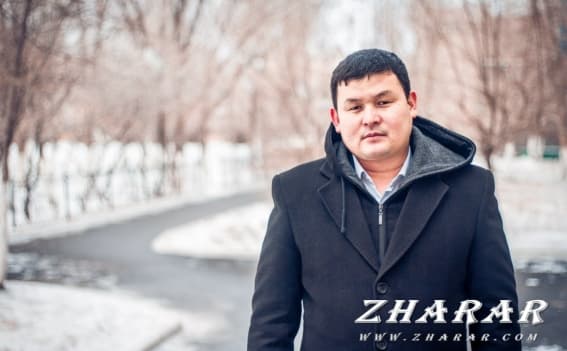
Kazaksha Tilekter Tugan Kunge 1 Zhas
Zafarnama (Beginning) From SikhiWiki. Jump to: navigation, search. KAMAAL-E KARAAMAT QAA-YEM KAREEM, RAZA BAKSH RAZAQ RAHAAQ-O RAHIM (1) Waheguru is perfection personified. He is eternal and through His miracles He shows His presence. He is generous in granting us His bounties. He is compassionate and merciful.
Tanikgazetesi.com is tracked by us since April, 2016. Over the time it has been ranked as high as 2 297 099 in the world, while most of its traffic comes from Turkey, where it reached as high as 60 739 position.
It was owned by several entities, from ISMAIL BASKAN to Data Protected Data Protected of Data Protected, it was hosted by Server Internet Bilisim ve Bilgisayar Hizmetleri, Istanbul Datacenter Ltd. Tanikgazetesi has the lowest Google pagerank and bad results in terms of Yandex topical citation index. We found that Tanikgazetesi.com is poorly ‘socialized’ in respect to any social network.
According to Siteadvisor and Google safe browsing analytics, Tanikgazetesi.com is quite a safe domain with no visitor reviews.
In a widely circulated, Dzongsar Khyentse has opened a door on a much needed conversation. His courage (and outrage) led him to say publicly what many people have observed and felt privately. How tulkus are raised is one of the many challenges that Buddhist teachers face today in balancing the traditional with the modern. Yet Khyentse touches on just the tip of the proverbial iceberg. In focusing on the deficiencies in the ways many tulkus are trained and the seeming exploitation of them for economic and political advantage, he does not take into account the origin, evolution, and place of the tulku system in Tibetan culture as a whole. “Tulku” is the Tibetan word for nirmanakaya, the form aspect of a buddha. In modern times the term has come to refer to a person who is recognized as the reincarnation of a former spiritual teacher.
The tulku system is unique to the Tibetan tradition of Buddhism. Broadly speaking, it is a system of identifying and developing spiritual talent to provide for the continuity of the tradition, control of real estate, multiple revenue streams, and the assurance that the gods are alive and well and part of the society they oversee. It is a brilliant solution to this complex of challenges, but it worked only in the isolated society of pre-diaspora Tibet. Dzongsar Khyentse’s criticism of the current training of tulkus is but one manifestation of the difficulties that traditional cultures have when transitioning to the modern world. Any lineage must ensure continuity from generation to generation. For a variety of reasons, many societies have chosen to have lineage, authority, and property pass from father to son or from parent to child. Rulers and leaders all over the world generally like to keep things in the family and in Tibet.
(1012-1097), for instance, intended that his son, Dharma Dode, take over his spiritual lineage as well as his property. Only when Dharma Dode was killed in a riding accident did Marpa acknowledge Milarepa as one of his spiritual heirs. The father-son succession, however, does not work in a monastic system with celibate teachers. Thus, Tibetan ruling families adopted an uncle-nephew succession: the abbot’s successor was his eldest brother’s eldest child. When an abbot died, his nephew was hailed as the late uncle’s tulku or reincarnation. Again, this is not what the word “tulku” actually means but what it has come to mean. The uncle-nephew succession survives to this day in the Sakya lineage. Dj lemon remix mp3 songs download.

Not all nephews wanted the role. (1143-1216), the third patriarch in the Shangpa tradition, wanted to devote his life to meditation. After being named the successor after his uncle’s death, Kyergangpa went against the wishes of the monastery and withdrew to a nearby cave. The monks were so angry that they threw stones at him whenever he tried to leave for food and supplies—an attempt to starve him into submitting to his culturally ordained role. This uncle-nephew succession was largely replaced when the Second Karmapa, Karma Pakshi (1204-1283) predicted his own rebirth.
On the basis of several visions, Karma Pakshi’s teacher had publicly proclaimed him to be the tulku of Dusum Khyenpa, the first Karmapa. When Karma Pakshi died, he left a letter describing where he would be reborn. The child was found, brought to the monastery along with his family, and trained as a spiritual teacher.